Awareness and Benefits of Self-Curing Concrete in Construction Projects: Builders and Civil Engineers Perceptions
Abstract
:1. Introduction
2. Review of Literature
2.1. Concept of Internal Curing/Self-Curing
2.2. Materials Used for Internal Curing (IC)/Self-Curing Techniques (SCT)
2.3. Pre-Wetted Light Weight Aggregate
2.4. Super Absorbent Polymers
2.5. Awareness and Benefits and of Internal Curing
- Lower Permeability and Evaporation
- Reduced Coefficient of Thermal Expansion (CTE)
- Improved Interfacial Transition Zone (ITZ)
- Cement Hydration and Microstructure of Cementitious Paste
- Increased Strength and Good Impact Resistance
- Tensile Creep
- Autogenous Shrinkage
3. Research Methodology
4. Results and Discussion
4.1. Organizational Details and Personal Data of Respondents
4.2. Awareness Level of Self-Curing Concrete
4.2.1. First Source by Which Self-Curing Was Learned
4.2.2. Period of Time When SCT Was First Heard
4.2.3. The Last Time SCT Technique Was Used
4.2.4. Perceived Effectiveness of SCT in Providing Internal Water
4.2.5. Likelihood of Specifying and Implementing SC in HPC
4.2.6. Curing Methods That Are Likely to Be Adopted
4.2.7. Perceived Benefits Derived from a Self-Curing Technique
5. Conclusions
6. Limitation of Study
Author Contributions
Funding
Conflicts of Interest
References
- Orosz, K. Early Age Autogenous Deformation and Cracking of Cementitious Materials—Implications on Strengthening of Concrete. Ph.D. Dissertation, Luleå Tekniska Universitet, Luleå, Sweden, 2017. [Google Scholar]
- Olawuyi, B.J. The Mechanical Behaviour of High-Performance Concrete with Superabsorbent Polymers (SAP). Ph.D. Dissertation, University of Stellenbosch, Stellenbosch, South Africa, 2016. [Google Scholar]
- Kovler, K.; Jensen, O.M. Novel techniques for Concrete Curing: New Method for Low w/cm Mixtures. Concr. Int. 2005, 27, 39–42. [Google Scholar]
- Bashandy, A.A.; Soliman, N.M.; Elrahman, M.H. Recycled Aggregate Self-curing High-strength Concrete. Civ. Eng. J. 2017, 3, 427–441. [Google Scholar]
- Mousa, M.I.; Mandy, M.G.; Adbel-Raheem, H.; Yehia, A.Z.Y. Self-curing concrete types; water retention and durability. Alex. Eng. J. 2015, 54, 565–575. [Google Scholar] [CrossRef]
- Di Bella, C.; Villani, C.; Phares, N.; Hausheer, E.; Weiss, J. Chloride transport and service life in internally cured concrete. In Structures Congress; American Society of Civil Engineers: Reston, VA, USA, 2012; pp. 686–698. [Google Scholar]
- El-Dieb, A.S. Self-curing concrete: Water retention, hydration and moisture transport. Constr. Build. Mater. 2007, 21, 1282–1287. [Google Scholar] [CrossRef]
- Justs, D.; Wyrzykowski, M.; Bajare, D.; Laura, P. Internal curing by superabsorbent polymers in ultra-high-performance concrete. Cem. Concr. Res. 2015, 76, 82–90. [Google Scholar] [CrossRef]
- Madduru, S.R.I.; Pallapotha, S.N.R.; Pancharathi, R.K.; Garja, R.K.; Chakilam, R. Effect of self-curing chemicals in self-compacting mortars. Constr. Build. Mater. 2016, 107, 356–364. [Google Scholar]
- Krishna, J.B.; Jaipal, R. Comparative and experimental study on self-curing concrete. Int. J. Res. Sci. Adv. Eng. 2017, 2, 118–129. [Google Scholar]
- Pytllick, D.; Blick, V. Two Options of Self-Curing of High Performance Concrete. Solid State Phenom. 2018, 272, 88–93. [Google Scholar] [CrossRef]
- Gopala, K.V.S.; Putturu, M.K. Self-curing concrete with different self-curing agents. IOP Conf. Ser. Mater. Sci. Eng. 2018, 330, 012120. [Google Scholar] [CrossRef] [Green Version]
- Udhanyan, R.; Rajamane, N.P. Experimental study of self-compacting self-curing concrete. Int. J. Civ. Eng. Technol. 2017, 8, 638–643. [Google Scholar]
- Olawuyi, B.J.; Boshoff, W.P. Influence of SAP content and curing a on air void distribution of high performance concrete using 3D volume analysis. Constr. Build. Mater. 2017, 135, 580–589. [Google Scholar] [CrossRef]
- Youssef, D. The Use of Lightweight Sand for Internal Curing and Its Effect on Performance of HPC Used for Concrete Infrastructures. Ph.D. Dissertation, Université de Sherbrooke, Sherbrooke, QC, Canada, 2013. [Google Scholar]
- Afifi, M.S. Internal Curing of High Performance Concrete Using Lightweight Aggregate and Recycled Aggregate. Master’s Thesis, The American University in Cairo, New Cairo, Egypt, 2016. [Google Scholar]
- Rahman, S. Investigation of Concrete Properties with Brick Chips as Internal Curing Medium. Master’s Thesis, Bangladesh University of Engineering and Technology, Dhaka, Bangladesh, 2016. [Google Scholar]
- Akinwumi, I.I.; Gbadamosi, Z.O. Effects of curing condition and curing period on the compressive strength development of plain concrete. Int. J. Civ. Environ. Res. 2014, 1, 83–99. [Google Scholar]
- Abalaka, A.F.; Okoli, O.G. Effects of limited initial curing durations on mechanical properties of concrete. J. Civ. Eng. Constr. Technol. 2013, 4, 104–109. [Google Scholar]
- Olanade, K.A.; Fitriani, H.; Kola, O.T. Regression models for compressive strength of concrete under different curing conditions. MATEC Web Conf. 2017, 101, 05013. [Google Scholar] [CrossRef] [Green Version]
- Bentz, D.P.; Weiss, W.J. Internal Curing: A 2010 State-of-the-Art Review; US Department of Commerce, National Institute of Standards and Technology: Gaithersburg, MD, USA, 2011. [Google Scholar]
- Henkensiefken, R. Internal Curing in Cementitious Systems Made with Saturated Lightweight Aggregate. Ph.D. Dissertation, Purdue University, West Lafayette, IN, USA, 2008. [Google Scholar]
- Revalty, V.; Lakashimi, C.J. Experimental study on self-curing concrete with fly ash and quarry dust. Int. J. Civ. Eng. Spec. Issue 2017, 180–183. [Google Scholar]
- Mehdipour, I.; Khayat, K.H. Enhancing the performance of calcium sulfoaluminate blended cements with shrinkage reducing admixture or lightweight sand. Cem. Concr. Compos. 2018, 87, 29–43. [Google Scholar] [CrossRef]
- Shen, D.; Jiang, J.; Zhang, M.; Yao, P.; Jiang, G. Tensile creep and cracking potential of high performance concrete internally cured with super absorbent polymers at early age. Constr. Build. Mater. 2018, 165, 451–461. [Google Scholar] [CrossRef]
- Kang, S.; Hong, S.; Moon, J. Shrinkage characteristics of heat-treated ultra-high-performance concrete and its mitigation using superabsorbent polymer based internal curing method. Cem. Concr. Compos. 2018, 89, 130–138. [Google Scholar] [CrossRef]
- Mousa, M.I.; Mandy, M.G.; Adbel-Raheem, H.; Yehia, A.Z.Y. Physical properties of self-curing concrete (SCUC). HBRC J. 2015, 11, 167–175. [Google Scholar] [CrossRef]
- Kamal, M.M.; Safan, M.A.; Bashandy, A.A.; Khahil, A.M. Experimental investigation of the behavior of normal strength and high strength self-curing self-compacting concrete. J. Build. Eng. 2018, 16, 79–93. [Google Scholar] [CrossRef]
- Wyrzykowski, M.; Lura, P. Controlling coefficient of thermal expansion of cementitious material—A new application of superabsorbent polymers. Cem. Concr. Compos. 2013, 35, 49–58. [Google Scholar] [CrossRef]
- Zeng, Q.; Li, K.; Feng-Chong, T.; Dangla, P. Effects of porosity on the thermal expansion coefficient of cement paste and mortars. Constr. Build. Mater. 2012, 28, 468–475. [Google Scholar] [CrossRef]
- Zhang, J.; Sun, H.; Wan, J.; Yi, Z. Study on microstructure and mechanical property of interfacial transition zone between limestone aggregate and Sialite paste. Constr. Build. Mater. 2009, 23, 3393–3397. [Google Scholar] [CrossRef]
- Sun, X.; Zhang, B.; Dai, Q.; Yu, X. Investigation of internal curing effects on microstructure and permeability of interface transition zones in cement mortar with SEM imaging, transport simulation and hydration modeling techniques. Constr. Build. Mater. 2015, 1, 366–379. [Google Scholar] [CrossRef]
- Nie, S.; Hu, S.; Wang, F.; Yaun, P.; Zhu, Y.; Ye, J.; Liu, Y. Internal curing-a suitable method for improving the performance of heat cured concrete. Concr. Build. Mater. 2016, 122, 294–301. [Google Scholar] [CrossRef]
- Ridi, F.; Fratini, E.; Baglioni, P. Cement: A two thousand year old nano-colloid. J. Colloid Interface Sci. 2011, 357, 255–264. [Google Scholar] [CrossRef] [PubMed]
- Kim, H.K.; Lee, H.K. Hydration kinetics of high-strength concrete with untreated coal bottom ash for internal curing. Cem. Concr. Compos. 2018, 91, 67–75. [Google Scholar] [CrossRef]
- Kevern, J.T.; Nowasell, Q.C. Internal curing of pervious concrete using lightweight aggregates. Constr. Build. Mater. 2018, 161, 229–235. [Google Scholar] [CrossRef]
- Olawuyi, B.J.; Boshoff, W.P. Compressive strength of high-performance concrete with absorption capacity of super-absorbing polymer (SAP). In Proceedings of the Research and Application in Structural Engineering, Mechanics and Computation, Cape Town, South Africa, 2–4 September 2013; Zingoni, Ed.; Taylor & Francis Group: London, UK, 2013; pp. 1679–1683. [Google Scholar]
- Pickle, D.; Tighe, S.; West, J.S. Assessing benefits of pre-soaked recycled concrete aggregate on variably cured concrete. Constr. Build. Mater. 2017, 141, 245–252. [Google Scholar] [CrossRef]
- Zang, J.; Wang, J.; Han, Y. Simulation of moisture field of concrete with pre-soaked light weight aggregate addition. Constr. Build. Mater. 2015, 96, 599–614. [Google Scholar] [CrossRef]
- Di Bella, C.; Griffa, M.; Ulrich, T.J.; Lura, P. Early-age elastic properties of cement-based materials as a function of decreasing moisture content. Cem. Concr. Res. 2016, 89, 87–96. [Google Scholar] [CrossRef]
- Maruyama, I.; Teramoto, A. Effects of water-restraining lightweight aggregate on the reduction of thermal expansion coefficient in mortar subject to temperature histories. Cem. Concr. Compos. 2012, 34, 1124–1129. [Google Scholar] [CrossRef]
- Kothari, C.R. Research Methodology: Methods and Techniques, 2nd ed.; New Age International: New Delhi, India, 2004. [Google Scholar]
- Williams, C. Research Methods. J. Bus. Econ. Res. 2007, 5, 65–72. [Google Scholar] [CrossRef]
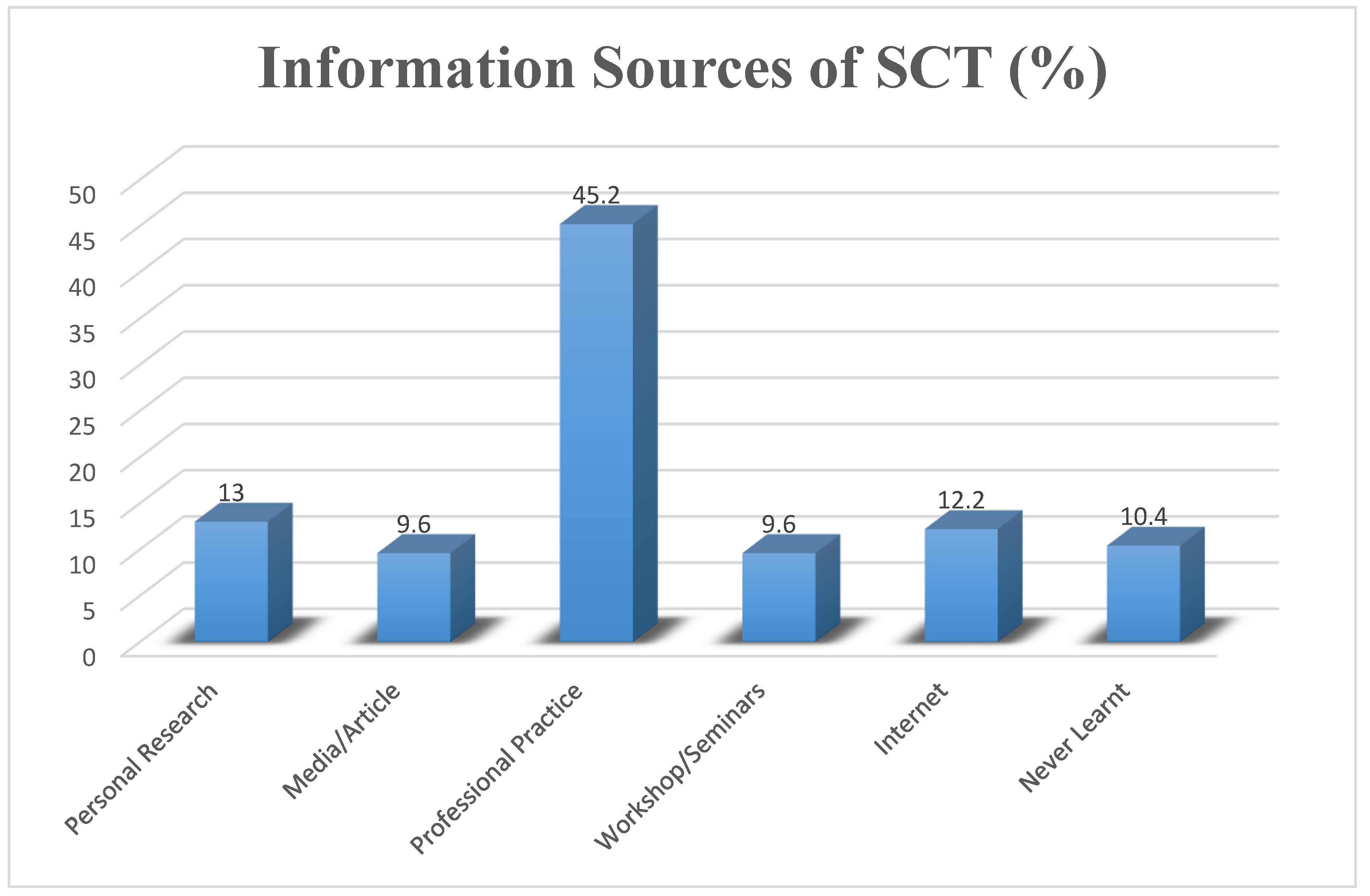
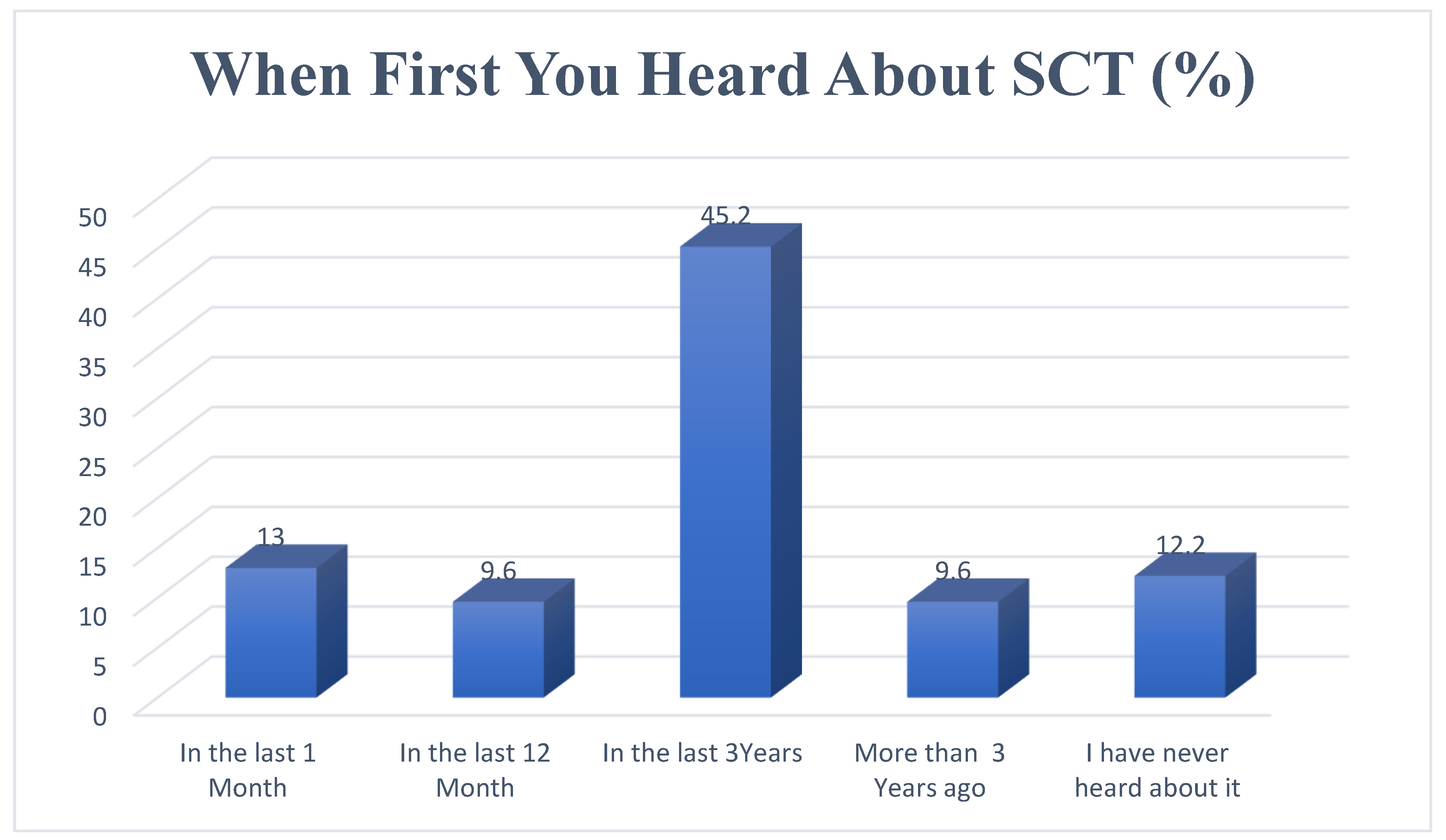

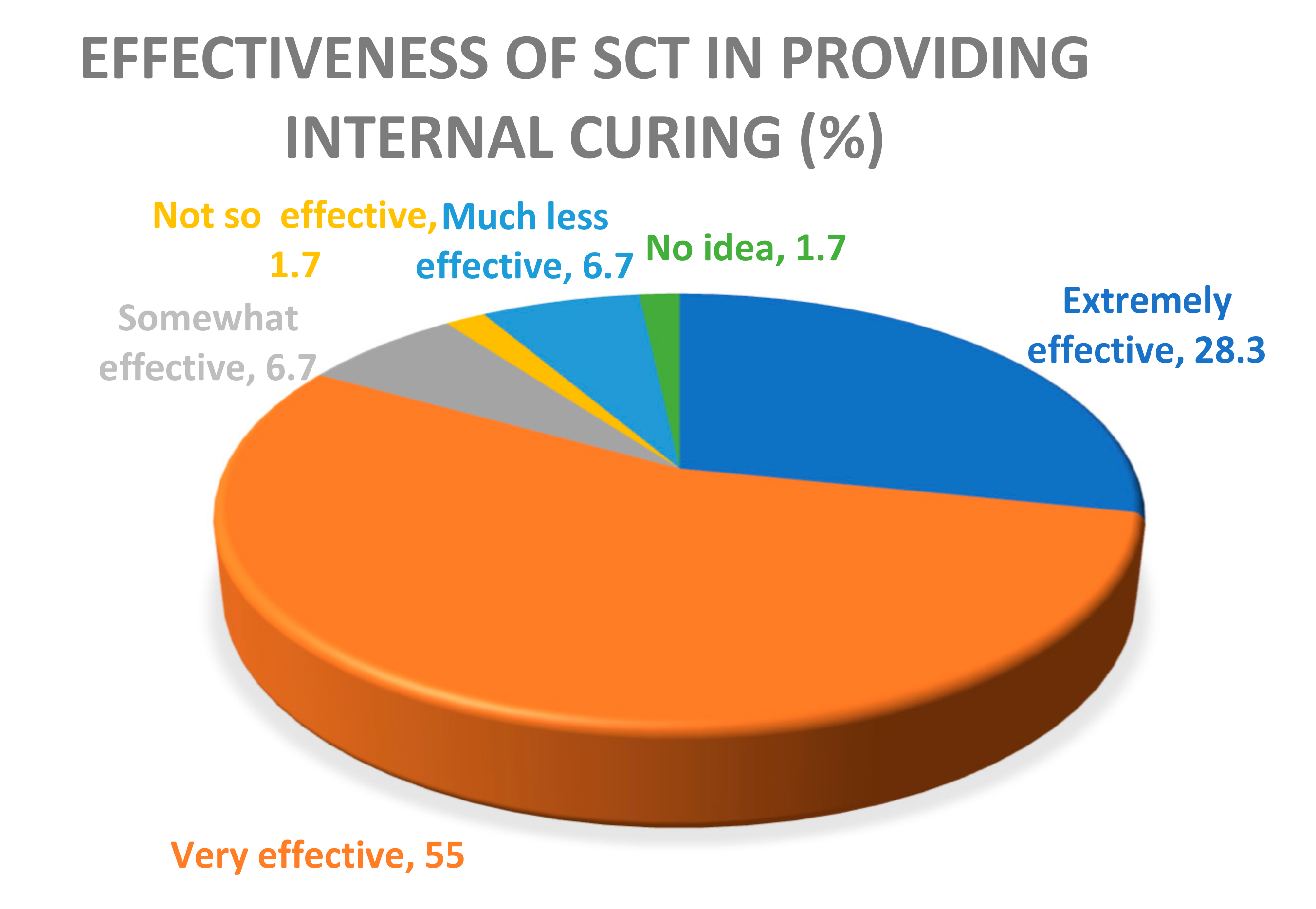
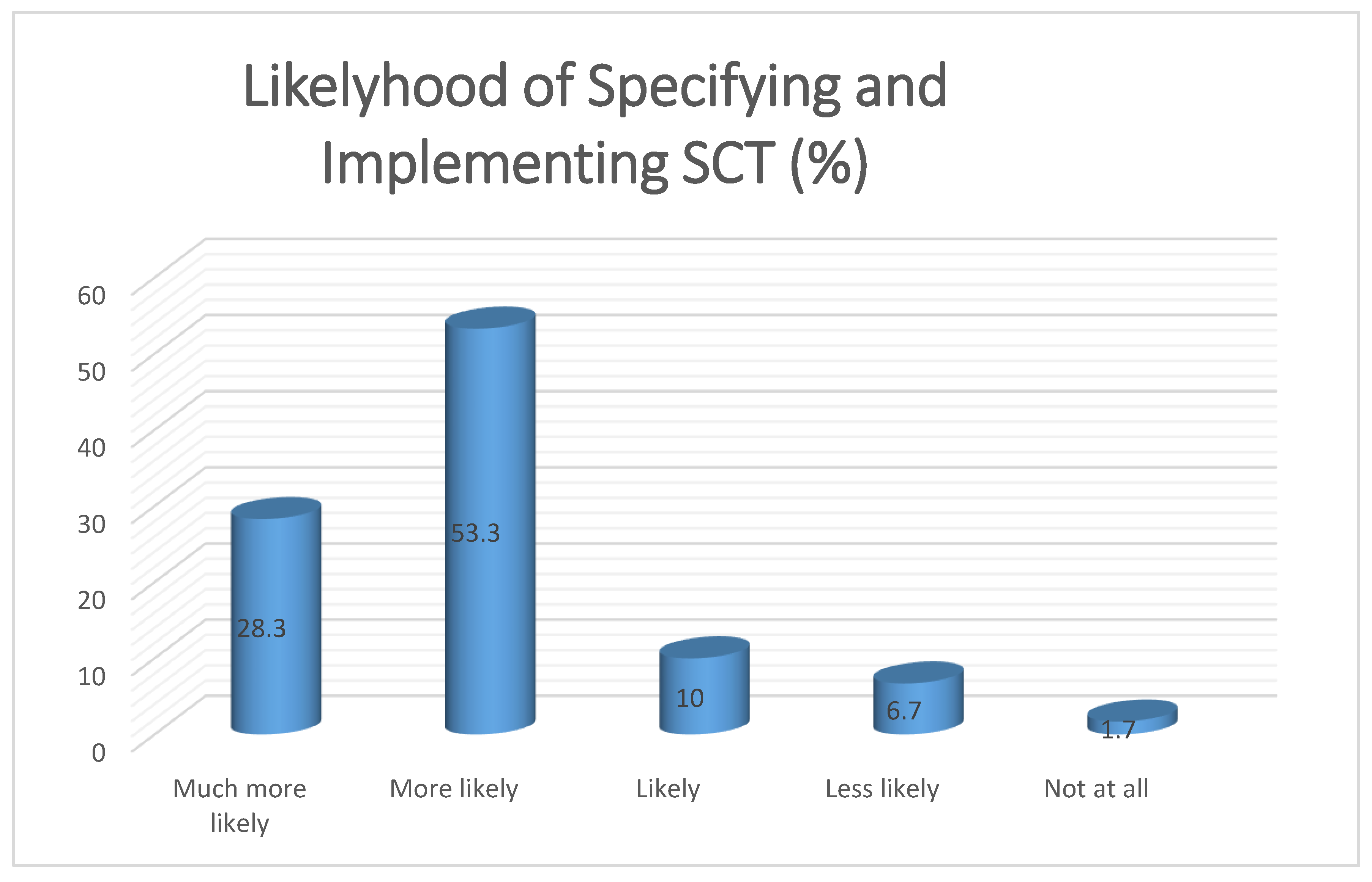
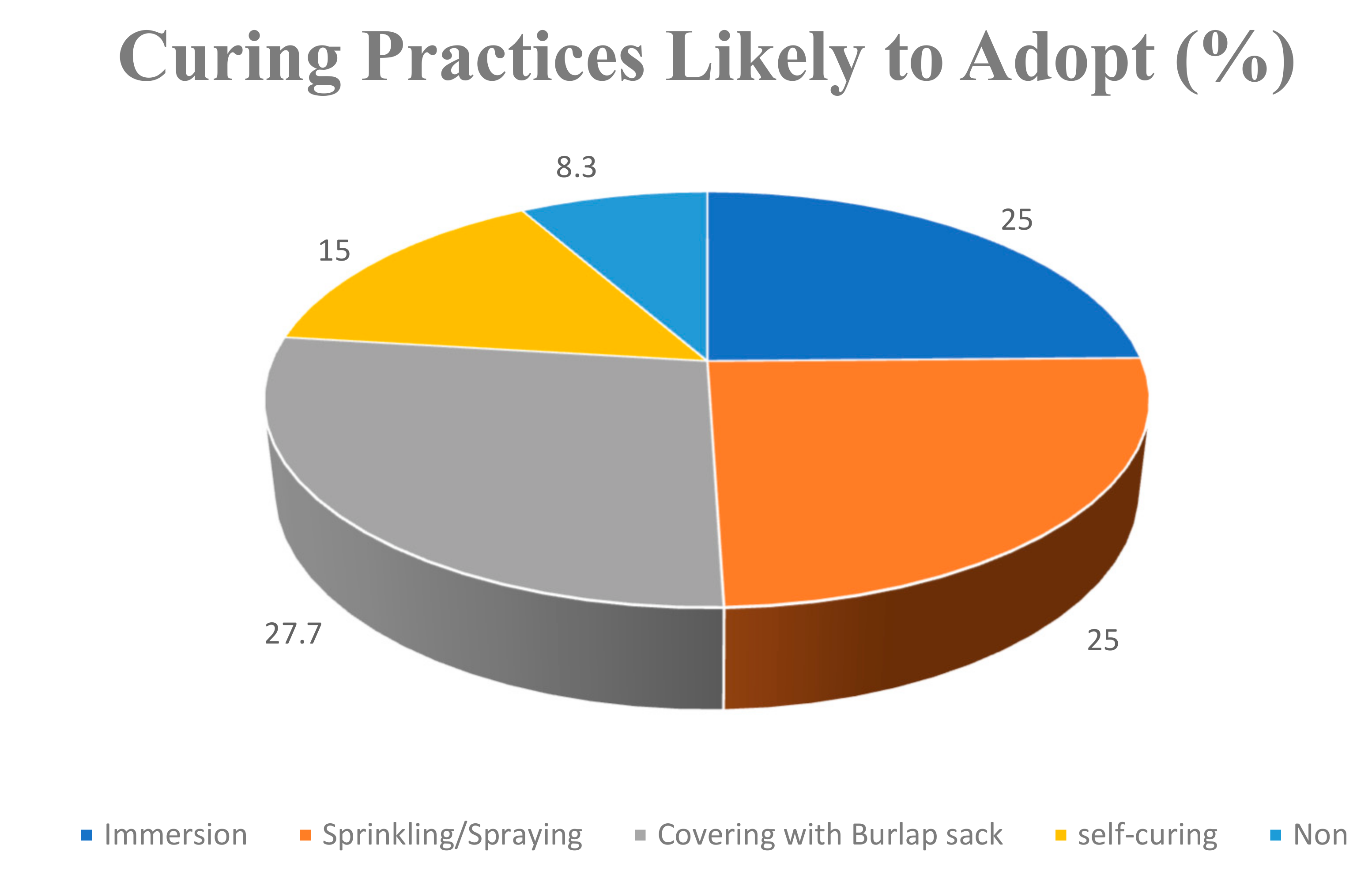
| Personal Data Characteristics | Frequency (N) | Percentage (%) |
|---|---|---|
| Types of Organization | ||
| Consulting | 16 | 13.9 |
| Contracting | 72 | 62.6 |
| Client organization | 15 | 13.0 |
| Academia | 12 | 10.4 |
| Total | 115 | 100 |
| Size of Organization | ||
| Small | 66 | 57.4 |
| Medium | 27 | 23.5 |
| Large | 22 | 19.1 |
| Total | 115 | 100 |
| Ownership Status of Organization | ||
| Indigenous | 102 | 88.7 |
| Multinational | 13 | 11.3 |
| Total | 115 | 100 |
| Years of Working Experience | ||
| 1–10 | 39 | 33.9 |
| 11–20 | 48 | 41.7 |
| 21–30 | 10 | 8.7 |
| 31–40 | 16 | 13.9 |
| 41–50 | 1 | 0.9 |
| 51 and above | 1 | 0.9 |
| Total | 115 | 100 |
| Academic Qualification | ||
| OND | 2 | 1.7 |
| HND | 37 | 32.2 |
| BSc/BTECH | 38 | 33 |
| PGD | 10 | 8.7 |
| MSc/MBA | 21 | 18.3 |
| Ph.D. | 7 | 6.3 |
| Total | 115 | 100 |
| Profession Background | ||
| Building | 66 | 57.4 |
| Civil Engineering | 49 | 42.6 |
| Total | 115 | 100 |
| Affiliated Professional Body | ||
| CORBON | 66 | 57.4 |
| COREN | 49 | 42.6 |
| Total | 100 | 100 |
| Grade of Membership | ||
| Probationer | 17 | 14.8 |
| Graduate | 27 | 23.5 |
| Corporate | 69 | 60.0 |
| Fellow | 2 | 1.7 |
| Total | 115 | 100 |
| S/N | Benefits | Mean | Std. Deviation | Rank |
|---|---|---|---|---|
| 1 | Lower permeability | 2.45 | 1.032 | 1 |
| 2 | Reduced coefficient of thermal expansion | 2.43 | 1.095 | 2 |
| 3 | Improved microstructure of the cementious paste | 2.38 | 1.075 | 3 |
| 4 | Reduced moisture evaporation | 2.32 | 1.200 | 4 |
| 5 | Higher stiffness and reduced creep | 2.25 | 1.202 | 5 |
| 6 | Improved interfacial transition zone | 2.20 | 1.086 | 6 |
| 7 | Increased cement hydration | 2.02 | 1.112 | 7 |
| 8 | Satisfactory impact resistance | 2.00 | 1.042 | 8 |
| 9 | Reduced autogenous shrinkage and cracking | 1.95 | 0.964 | 9 |
| 10 | Increased strength and durability | 1.93 | 0.972 | 10 |
© 2018 by the authors. Licensee MDPI, Basel, Switzerland. This article is an open access article distributed under the terms and conditions of the Creative Commons Attribution (CC BY) license (http://creativecommons.org/licenses/by/4.0/).
Share and Cite
Nduka, D.O.; Ameh, J.O.; Joshua, O.; Ojelabi, R. Awareness and Benefits of Self-Curing Concrete in Construction Projects: Builders and Civil Engineers Perceptions. Buildings 2018, 8, 109. https://doi.org/10.3390/buildings8080109
Nduka DO, Ameh JO, Joshua O, Ojelabi R. Awareness and Benefits of Self-Curing Concrete in Construction Projects: Builders and Civil Engineers Perceptions. Buildings. 2018; 8(8):109. https://doi.org/10.3390/buildings8080109
Chicago/Turabian StyleNduka, David O., John O. Ameh, Opeyemi Joshua, and Rapheal Ojelabi. 2018. "Awareness and Benefits of Self-Curing Concrete in Construction Projects: Builders and Civil Engineers Perceptions" Buildings 8, no. 8: 109. https://doi.org/10.3390/buildings8080109




